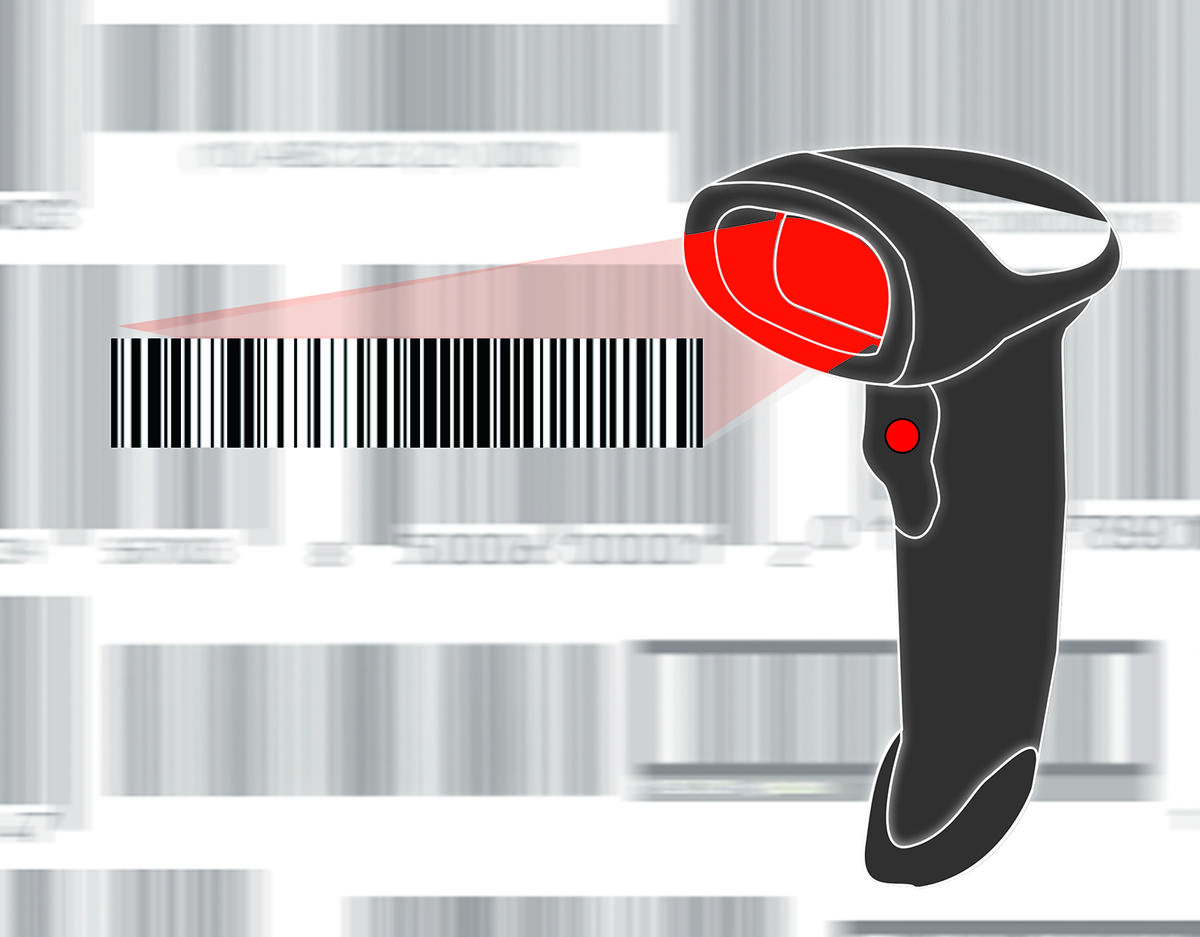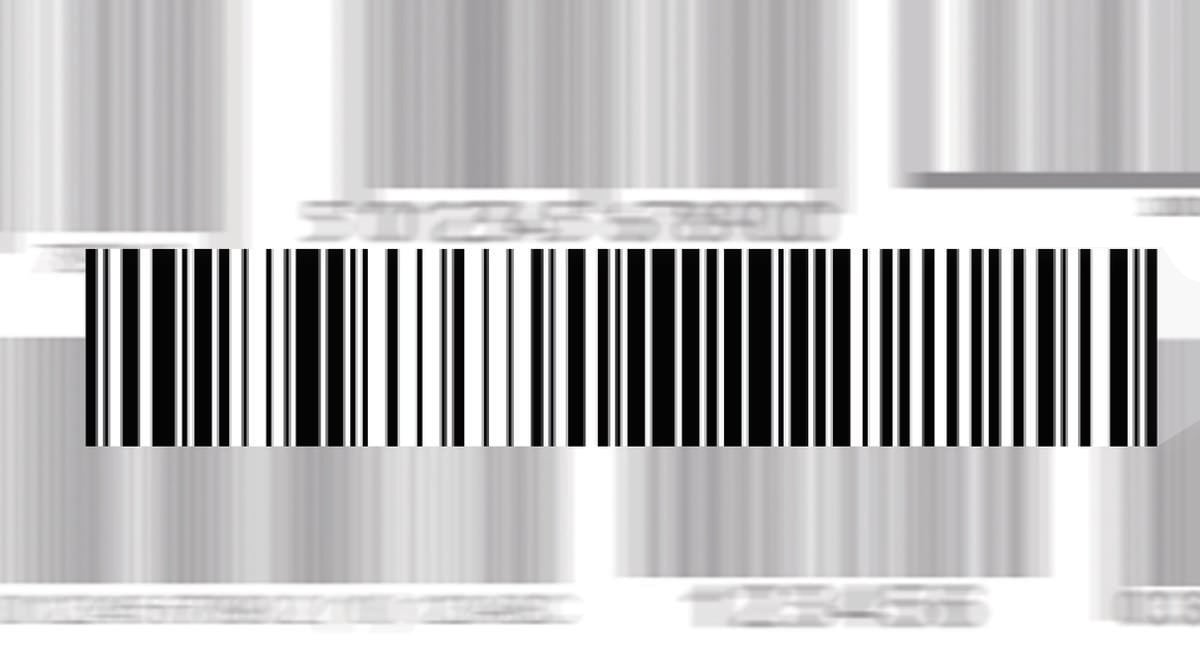As you do your holiday shopping for your friends and family, have you ever wondered what was the technology behind the barcode scanner? Without them, you wouldn’t have the lines at the malls moving so quickly. The barcode is used for a number of purposes—to identify what is being checked out for inventory purposes, to scan patient information at hospitals, to enter sporting events and concerts, basically as a tool to collect data.
The invention of the barcode itself came around in 1948. Bernard Silver was a graduate student at the Drexel Institute at Philadelphia, Pennsylvania in the United States, and overheard the president of a local food chain asking the dean of the school to research a system to automatically read product information during checkout. Silver and Norman Joseph Woodland started working on a variety of systems. The first one used ultraviolet ink, which was too expensive and faded too easily.
Convinced that the idea was still viable, Woodland left Drexel and used a variety of systems inspired by already-existing technologies such as Morse code, using sand on the beach to form the first barcode. “I just extended the dots and dashes downwards and made narrow lines and wide lines out of them,” Woodland said in an interview. Woodland and Silver then filed a patent application in 1949 (US Patent 2,612,994) for “Classifying Apparatus and Method” which was issued in 1952. Woodland later worked for IBM and tried to get them to develop their system. IBM eventually offered to buy the patent, but Philco purchased the patent in 1962 and sold it to the Radio Corporation of America (RCA) later on.
The first widespread use of the barcode scanner came during the 1960s. David Collins, who worked at the Pennsylvania Railroad, came up with a way to identify railroad cars. He developed the KarTrak system, which used blue and red reflective stripes attached to the side of the cars, using a six-digit company identifier and a four-digit car number. The light that reflected off the stripes was fed into a photomultiplier which filtered for blue or red. The railroads started using the KarTrak system as early as 1961, and adopted it as a standard in 1967. By 1974, 95 percent of the fleet was labeled, and it was retired by the end of the 1970s. By the 1980s, a similar system that used radio tags was invented.
Collins’ idea was so successful that he wanted to use a black-and-white version of the code for other industries, but was declined due to the scope of the railway project. Collins then formed his own company, the Computer Identics Corporation, developing a scanner that used neon-helium lasers with mirrors, making it capable of locating barcodes several feet away. Damaged barcodes could be read as well.

By 1973, The Universal Product Code (UPC) developed by IBM (based on designs by RCA) was selected by the National Association of Food Chains (NAFC) as the industry standard. The very first product scanned by the barcode scanner itself was a 10-pack of Wrigley’s Juicy Fruit gum at Marsh’s Supermarket in Troy, Ohio. Economic studies at the time projected USD 40 million in savings, but the numbers were not achieved, and some began to be skeptical of the new system. Those who stuck with the idea were rewarded as sales increased and costs decreased, an ideal situation for any business. By 1980, 8,000 stores were converting to the new system. In 1981, the United States Department of Defense started using the Code 39 standard to mark all products sold to the United States military, unofficially giving the barcode and barcode scanner the government’s blessing.
Today, there are two types of barcodes that are being used: linear barcodes and matrix barcodes (which can represent more data per unit area). QR codes that are scanned via smartphone are considered matrix barcodes. Some of the benefits of barcodes and barcode scanning can be seen in point-of-sale management (i.e. the checkout counters at your local supermarket or department stores) as well as in logistics and supply chain management. The chance for error is extremely low, with numbers varying from one in 15,000 to one in 36 trillion characters entered depending on the barcode.
As you swipe your gifts this holiday season for checkout, remember the barcode. It may only take up a fraction of what you’re buying and may never be used again after you buy the product, but it is the reason why products are easily identified and why you don’t have to wait in extremely long lines like the generations before.
Also published in GADGETS MAGAZINE November 2016 issue.
Words by Jose Alvarez
